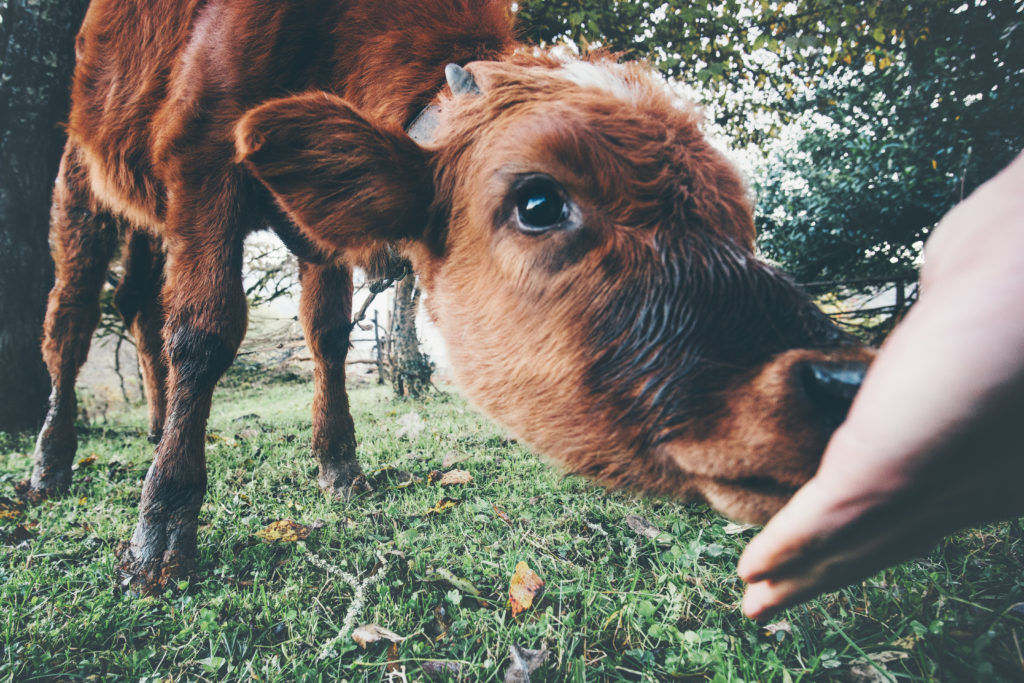
Veganism isn’t a diet, it’s a lifestyle! It means eating no animal products, including even ingredients like gelatin and eggs. When we look beyond the kitchen, being vegan means opting for vegan fabrics, like cotton, and avoiding leather. It also means choosing personal care products that don’t test on animals or use animal ingredients. There are many reasons to go Vegan, but for me, it’s always been about the animals and the environment!
Making the proper choices can often be confusing. So, here’s a guide to help you figure it out:
What Does Cruelty-Free Really Mean?
According to the U.S. Food and Drug Administration (FDA), there’s no standard legal definition for the term, so brands are free to use the language however they want. Usually, the goal is to attract conscientious consumers who are potentially willing to spend more if products meet their ethical criteria. Cruelty-free products should not be confused with vegan products.
Companies employ the label to imply they do not play a role in testing products on animals or harming them in any way. As opposed to more specific language such as “not tested on animals,” “cruelty-free” doesn’t make a claim. Like the use of the word “natural”, it’s one of those terms where government regulations have not caught up to marketing trends.
One common misunderstanding in the U.S. is that ingredients in cosmetics and beauty products must be tested on animals. According to the Federal Food, Drug and Cosmetic Act, the FDA “does not specifically require the use of animals in testing cosmetics for safety.” In mainland China, however, all cosmetics must be tested on animals. Some brands that claim to be cruelty-free change their position to enter the Chinese market.
Because “cruelty-free” doesn’t have a single legal or official specification, there are several meanings that various brands and organizations use in their marketing and labeling that can be confusing. Here are some examples:
- The ingredients have been tested on animals, but the final product has not.
- The brand hired another company to conduct tests.
- The brand or manufacturer relied on test results from an outside organization.
- The testing occurred in a different country than the one the brand is based in (usually China because it requires animal testing).
- The brand only uses animal testing when it is required by law as part of expanding into foreign markets (usually China).
- Neither the ingredients nor the products have ever been tested on animals, and the companies involved have not harmed or slaughtered any animals.
- The brand has a cruelty-free certification, which provides a higher level of accountability.
The last three appear to be to be the most ethical forms of cruelty-free production.
Check out Leaping Bunny. It’s a popular vegan/cruelty free certification group, which you can read more about here.
Is it Really Vegan?
Labels have come a long way! As veganism continues to grow in popularity, more brands are making an effort to point out their vegan-friendliness right on the label. But there are a couple of ways a brand might get a more credible vegan stamp of approval.
A product may carry a “Vegan Trademark” which means it has been approved by the Vegan Society for certification. If a company or manufacturer calls a product vegan, but it has not been registered with the Vegan Trademark, the Vegan Society may just refer to it as “vegan-friendly”.
Additionally, The Vegan Awareness Foundation, the group behind Vegan.org, also offers a certification. Any product bearing the “Certified Vegan” logo has been through an approval process to ensure the absence of animal products. In order to be certified vegan by either organization the products must also be cruelty-free.
But not every vegan-friendly product has applied for the rights to use a trademark or certification and may label itself “vegan-friendly” or “suitable for vegans” on its own. That doesn’t mean it’s any less vegan, only that it hasn’t been vetted by an external organization to ensure it meets their standards.
Finally, not all vegan products are clearly labeled as vegan or vegan-friendly at all. Don’t automatically become discouraged if something you want hasn’t promoted its vegan-ness. Simply read the label to learn more. One easy indicator that something is not vegan is to scan for allergen information. If it reads “contains milk, eggs, shellfish, etc.” then it’s definitely NOT!
How About Vegan Investing?
When it comes to investing in Vegan companies, at Demand Wealth we strive to provide clarity and simplicity by eliminating the guesswork. As a result, we have developed the ‘Demand Cruelty Free’ portfolio for this very purpose. It contains cruelty free screened and globally diversified companies that align with your values, risk profile and financial needs. As one of our several vegan staff members says, “Think of it as spreading your tofu around, instead of putting it all in one basket”.
Are you interested in aligning your Vegan lifestyle with an investment strategy that embraces it? If so, we are here to help! Schedule a Zoom conference with one our advisors today.
This report is a publication of Demand Wealth. Information presented is believed to be factual and up-to-date, but we do not guarantee its accuracy and it should not be regarded as a complete analysis of the subjects discussed. All expressions of opinion reflect the judgment of the author as of the date of publication and are subject to change.
